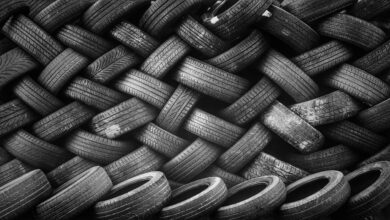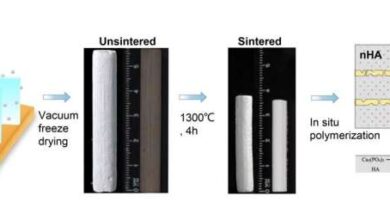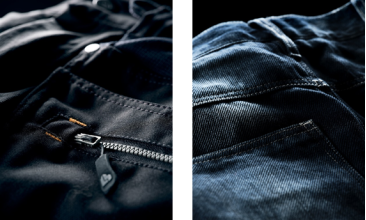Microplastics swim back into the spotlight

A new study published in Science has found that larval perch, given the choice, prefer microplastics over their natural food source of zooplankton. The researchers, all from Uppsala University in Sweden, demonstrated that larval fish that had been exposed to microplastic particles during development displayed changed behaviors and stunted growth. Alarmingly, one such change was the failure of these fish to respond to what the researchers called “olfactory threat cues”, hampering their ability to escape predation and greatly increasing mortality rates. As the authors of the study wrote: “Our results demonstrate that microplastic particles operate both chemically and physically on larval fish performance and development.”
Microplastic particles (defined as plastic particles <5mm in size) originate from large plastic waste products that fragment into smaller pieces, or from manufactured plastics of microscopic size (e.g., microbeads in personal care products). These microscopic waste particles reach oceans via waterways and lakes and accumulate in high concentrations in shallow coastal areas. Concerns about this have grown over the past decade, yet detailed knowledge about the impacts of microplastics on marine life is still largely lacking. This new study now provides convincing evidence that the development of fish is threatened by microplastic pollution.
According to lead author of the article marine biologist Oona Lönnstedt, fish reared in different concentrations of microplastic particles have reduced hatching rates and display abnormal behaviors. “The microplastic particle levels tested in the current study were similar to what is found in many coastal habitats in Sweden and elsewhere in the world today,” she said.
The stunted growth seen in larval perch exposed to environmentally relevant concentrations of microplastic polystyrene particles was related to the larvae’s preference for plastic.
Postulating that the larvae might be attracted by the sparkle or colors, co-author of the study Professor Peter Eklöv said: “This is the first time an animal has been found to preferentially feed on plastic particles and is cause for concern.”
The larval perch that had been exposed to microplastic particles during development not only displayed changed behaviors, they were also much less active than fish that had been reared in water that contained no microplastic particles. Combined with a lack of an antipredator response – larval fish with a heavy diet of microplastic were found to ignore the smell of predators – this left them more considerably more vulnerable to predators. When perch were placed together with a natural predator (pike), fish that had been exposed to microplastic particles were caught and eaten more than four times quicker than control fish, with all fish exposed to microplastic particles dead within 48 hours.
The implications could be far-reaching – if this lack of prey response in fish larvae translates to reduced survival rates, there could be direct consequences for the replenishment and the sustainability of fish populations.
“Increases in microplastic pollution in the Baltic Sea and marked recruitment declines of the coastal keystone species, like perch and pike, have recently been observed. Our study suggests a potential driver for the observed decreased recruitment rate and increased mortality,” said Peter Eklöv.
“If early life-history stages of other species are similarly affected by microplastics, and this translates to increased mortality rates, the effects on aquatic ecosystems could be profound,” added Oona Lönnstedt.
In December 2015, President Obama signed the Microbead-Free Waters Act, under which the sale and distribution of products containing microbeads is prohibited in the USA as of July 1, 2017. It now remains for the rest of the world to follow suit. As the findings of this study show, the effects of microplastic particles that enter marine ecosystems are ecologically important. There is an urgent need for new management strategies or alternative biodegradable products that lower the release of microplastic waste products.
Picture is of a larval perch from the Baltic Sea that has filled its stomach with microplastic waste particles. Credit: Oona Lönnstedt
Lönnstedt O.M., Eklöv P. 2016 Environmentally relevant concentrations of microplastic particles influence larval fish ecology. Science (doi: 10.1126/science.aad8828)
source: plasticstoday.com/






